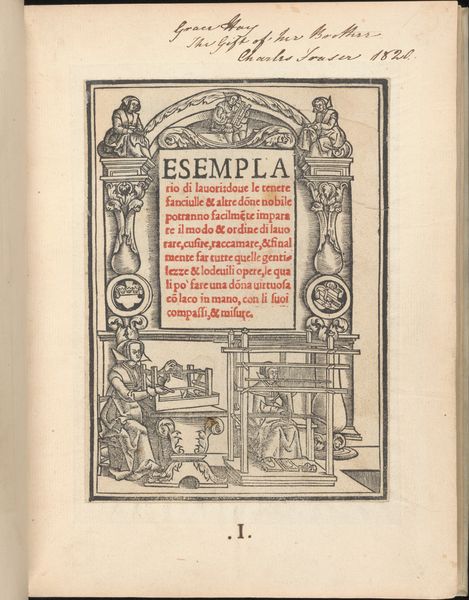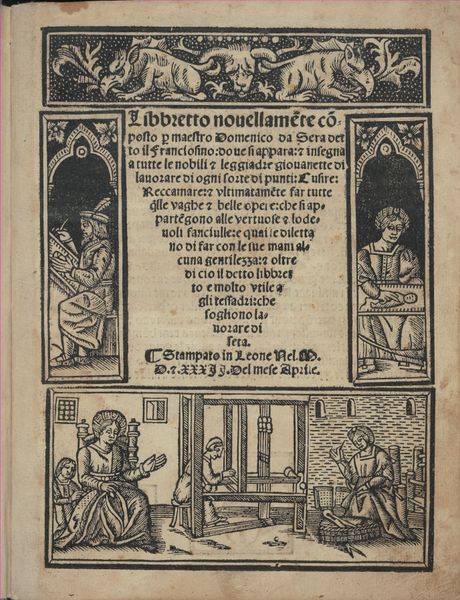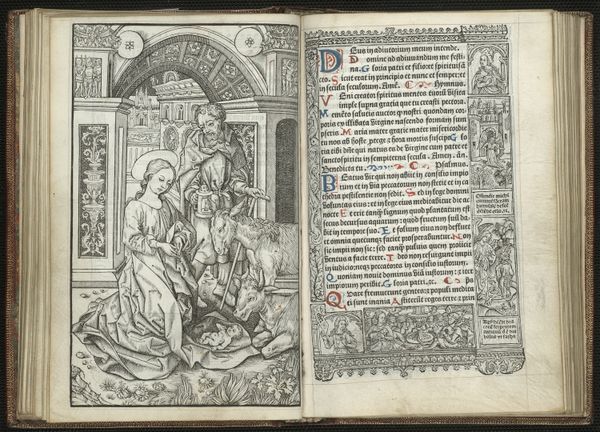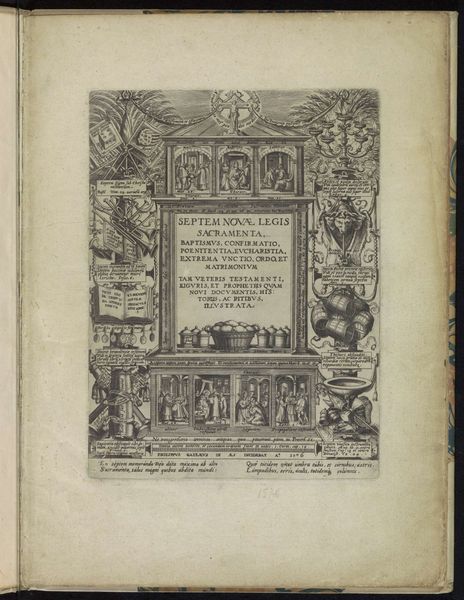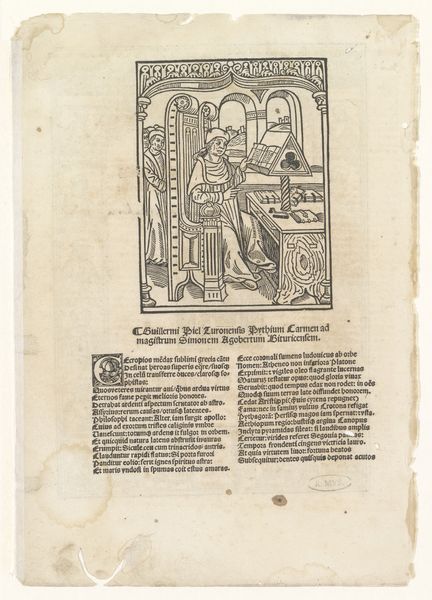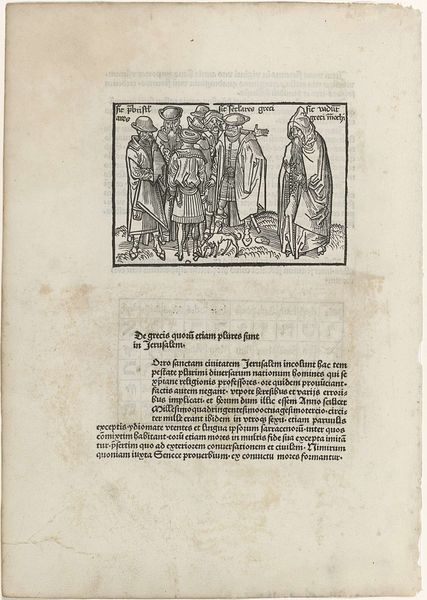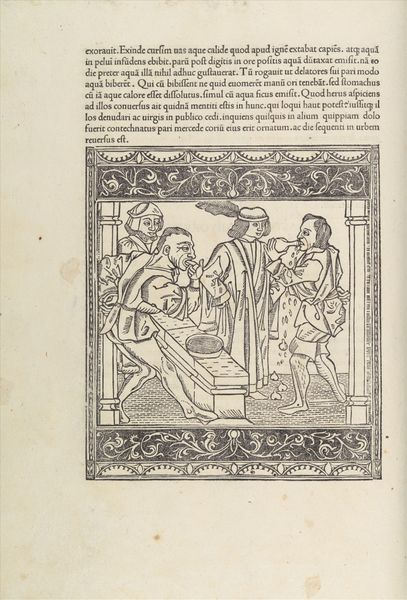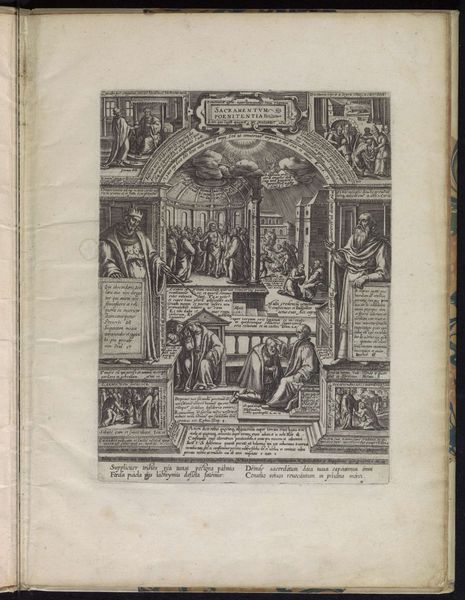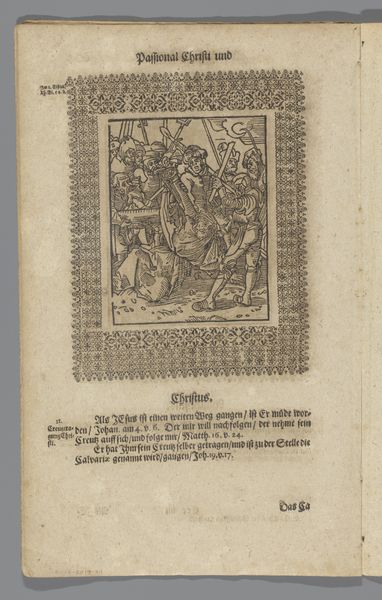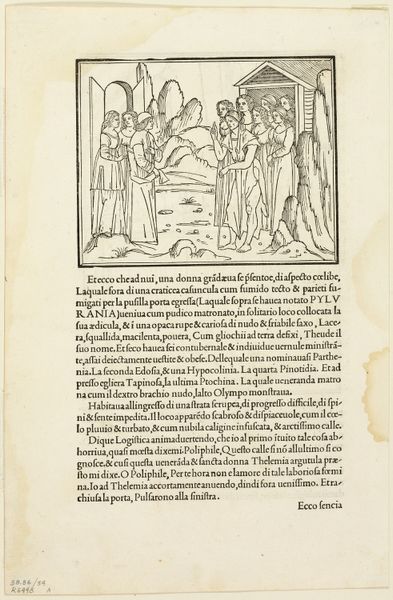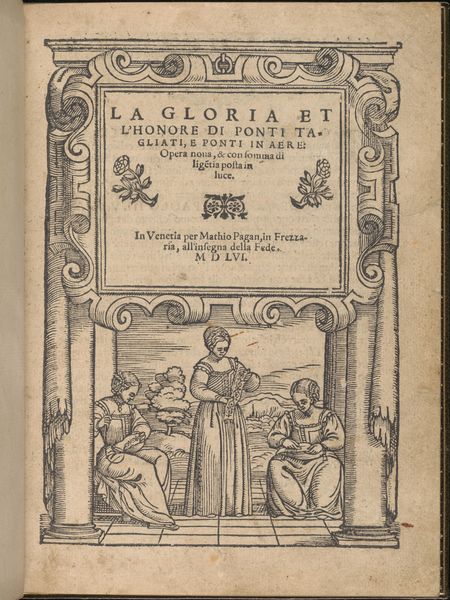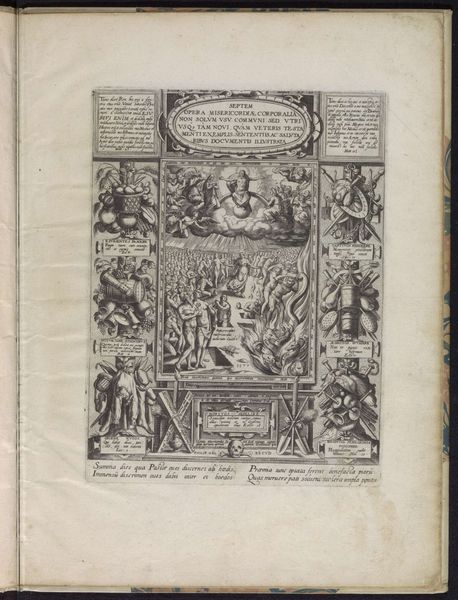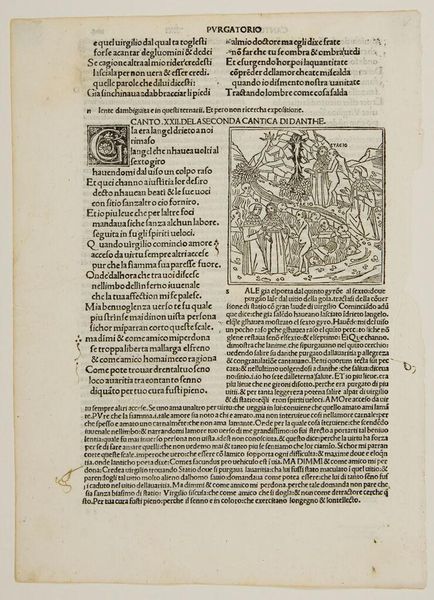
drawing, print, woodcut, engraving
#
drawing
#
medieval
# print
#
woodcut
#
genre-painting
#
italian-renaissance
#
engraving
Dimensions: Overall: 8 7/16 x 6 5/16 in. (21.5 x 16 cm)
Copyright: Public Domain
Editor: Here we have Giovanni Andrea Vavassore’s “Esemplario di Lauori…” from 1532. It's a woodcut, almost like a page torn from a book. The images depict women working – spinning, weaving. There's a real sense of the everyday about it. What strikes you when you look at this print? Curator: It's fascinating to see these crafts elevated, isn’t it? Not just as "women's work," but presented as a skillset, a form of production worthy of documentation. Consider the very act of printing this: woodcuts, engravings – the material means of dissemination making practical skills accessible. Do you think the artist intended to cross the boundary between art and craft? Editor: I do! The title itself – "Examples of Works" – suggests a pattern book. But it's more than just that, it's about teaching and celebrating these skills. It feels revolutionary to see those as equal to fine art! Curator: Exactly! We see the labor, the hands involved. This challenges the idea of art as purely intellectual or divinely inspired, doesn't it? Look at the way the tools are depicted – the looms, the needles. These become almost characters in their own right, vital to the process and its social value. Does understanding this reframes how we approach early printmaking? Editor: Definitely. It shows that prints could have practical purposes, not only fine art or devotional images, but manuals shaping daily life through the work involved in textile production, in a manner that would influence social structures. This piece is way more complex than it looks at first glance! Curator: Agreed. Recognizing labor is so vital to understanding the art, rather than dismissing “craft."
Comments
No comments
Be the first to comment and join the conversation on the ultimate creative platform.
